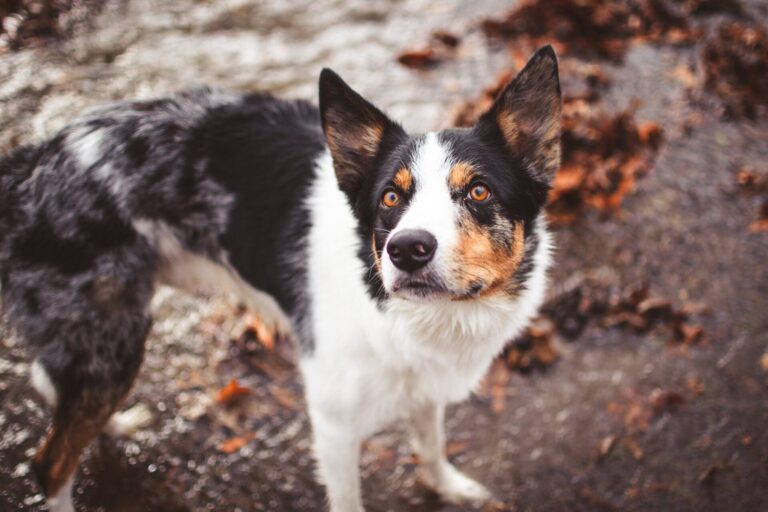
Unraveling Canine Communication: Learning About Your Dog's Body Language
Greetings from the Dog School of Minnesota, where the well-being and education of our canine companions take center stage! We understand the importance of building strong connections with our four-legged friends. In this blog, we’ll explore the intricacies of understanding and interpreting your pup’s body language, empowering you to become a skilled observer of their emotions and behaviors.
Tail Tales
Your dog’s tail serves as a dynamic communicator of emotions. While a wagging tail often signals joy, it’s essential to consider the subtleties. A high and fast wag indicates excitement, while a slow wag may suggest uncertainty. A tucked tail can express fear or submission, and a stiffly held tail signifies alertness or tension. Pay close attention to your dog’s tail position, speed, and height, contextualizing their emotions for a more nuanced understanding.
Ears and Eyes
Don’t underestimate the importance of recognizing your pup’s more subtle cues. Forward-pointing ears convey interest or curiosity, while lowered or tucked ears may indicate fear or submissiveness. Dilated pupils can signify excitement or fear, and squinting often suggests contentment. Maintaining eye contact demonstrates trust, but prolonged staring might be perceived as a challenge (especially for dogs you don’t know very well). Acquiring the skill to interpret these subtle cues enhances your ability to connect with your dog.
Posture's Silent Symphony
Dog posture is a symphony of emotions. A relaxed and loose body shows contentment, while a tense or stiff posture signals discomfort or anxiety. Cowering or hunching down may indicate fear, while a raised back and raised hackles can signal alert or defensiveness. Regularly observing your dog’s body language in various scenarios provides a comprehensive insight into their emotional well-being.
Oral Expressions
Your dog’s mouth is a multifaceted tool for expression. A relaxed, slightly open mouth reflects comfort, while lip licking or yawning may suggest stress or unease. Bared teeth can signal aggression, but considering the context and overall body language is crucial. A playful “smile” involves a relaxed mouth and a wagging tail, typically indicative of a friendly demeanor. Watching your dog’s mouth movements can give you a more accurate understanding of their emotional state.
Paws in Education
Even your pup’s paws play a role in conveying feelings. Raised paws during play or exploration indicate curiosity and engagement. Scratching or pawing at an object expresses interest, while excessive paw licking may indicate discomfort or anxiety (or even an allergy—contact your vet if you’re concerned by your pup’s excessive paw licking). By closely monitoring changes in your dog’s paw behavior, you’ll gain valuable insights into their feelings at home.
Take Advantage of Dog School of Minnesota
By immersing yourself in tail talk, ear and eye expressions, overall posture, mouth movements, and paw behaviors, you’ll not only enhance your connection but also foster a positive and enriching learning environment.
Looking to up your dog’s obedience game? Consider the dog training services provided by Dog School of Minnesota. We are happy to help contribute to your dog’s life during their time at Dog School of Minnesota and beyond.
If you’re looking for dog training, book now! Have questions? Contact us!
